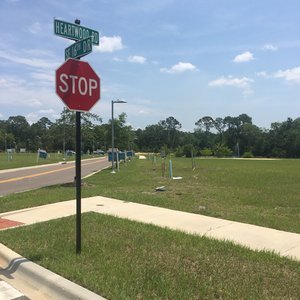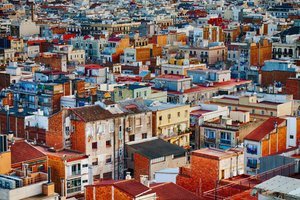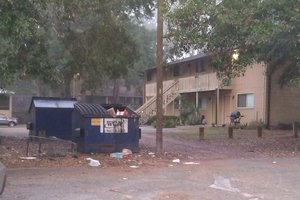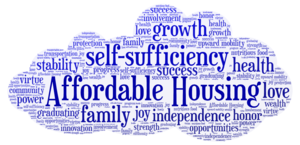
Community Spring Insights

Reinvest in Housing: The GCRA and the Affordable Housing Crisis
Housing in our community is increasingly out of reach for many of our neighbors. There are about 19,000 people in our community who, after paying for the cost of housing available to them, are left with only about $25 per day for other expenses – that’s $175 per week for food, utilities, health and child care, transportation, everything…

Why the Pursuit of Happiness Is Always Political
I want you to imagine a scenario to keep in mind for the rest of this piece. Imagine you are satisfied with your life as a whole, whether this is a scenario about your hopes for the future or your life in the past or present…

Housing policy has failed, and continues to fail, Black and Latino People
As stated by David Von Drehle, “History is not just about the past. It also reveals the present.” This is clear when you consider how housing and race interact in our community and country. The United States was founded off the oppression, indoctrination, and enslavement of Indigenous and Black people. Throughout our nation’s history, Indigenous people, Black people, and other people of color have suffered at the hands of greed and apathy. Indigenous people were…

What Stats On Affordable Housing Won’t Tell You: Another Look at the Same Truth
If I told you the truth would you believe me? If by some chance you were to believe me, what would you be willing to do with that truth? Well, I’ve heard the truth and I believe it. Millions of people around the world, including myself, are living this truth everyday. One of the many things I'm doing is sharing my inside out perspective of this truth with the hope of opening eyes, ears, and minds to a truer telling of…

Shining A Light On Affordable Housing
Air, water, food, sleep, clothing, and shelter are all basic physiological needs. However, for many people, unaffordable rent means that they must prioritize shelter at the expense of their other needs. Food, health, safety--these are all things that we as Community Spring fellows have had to sacrifice to have a place to stay. Because of our backgrounds and our knowledge of other affected people, we decided that…
